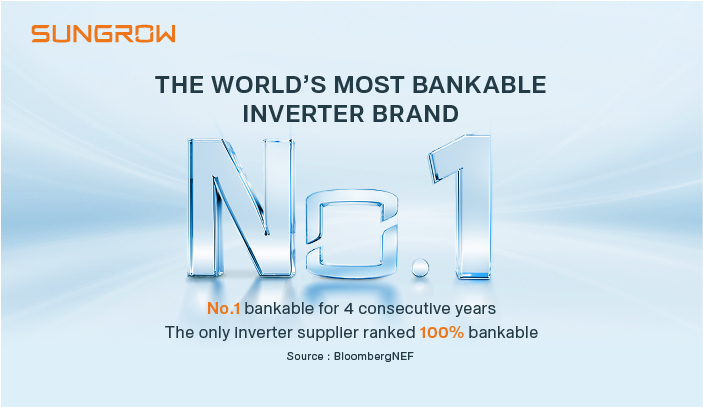- Mining giant Sibanye-Stillwater has announced the financial close and start of construction of two additional renewable energy projects for its SA operations.
The first project, the Witberg wind energy project, located near Matjiesfontein in the Western Cape province with a contracted capacity of 103-megawatt (MW), will generate renewable energy and supply the SA operations via a wheeling agreement with Eskom. The estimated project cost is R3.4 billion, which will be fully funded by Red Rocket, the South African Independent Power Producer (IPP) developing the project, and its lenders, with Sibanye-Stillwater committing to a 15-year Power Purchase Agreement (PPA).
This will be the largest private wind farm constructed in South Africa to date, following the 89MW Castle wind energy project announced by Sibanye-Stillwater on 29 May 2023 (refer https://www.sibanyestillwater.com/news- investors/news/news-releases/). Construction of the Witberg Wind Farm will commence in December 2023, with commercial operation scheduled for Q4 2025.
The second project is a multi-buyer 150MWac solar photovoltaic project developed and financed by SOLA Group, a South African IPP. Sibanye-Stillwater will procure 75MW of the plant’s capacity over a 10-year PPA. The project will be the first to sell power to multiple buyers across the country on flexible terms. The project has an estimated cost of R2.8 billion, with SOLA Group as the majority equity shareholder.
The project will generate renewable energy in the Free State and will supply Sibanye-Stillwater’s SA operations via a wheeling agreement with Eskom. Notably, a significant portion of the project’s capacity has been reserved for flexible, short term PPAs, unlocking access to affordable and reliable renewable energy for other South African businesses. Construction of the solar project will commence in December 2023, with commercial operation scheduled for Q3 2025.
These projects, together with the Castle wind energy project, bring the total dedicated capacity of renewable energy projects in construction for Sibanye-Stillwater to 267MW, fulfilling 45% of our long-term renewable energy requirements in South Africa and making Sibanye-Stillwater the market leader in private energy procurement in the country. Combined, these projects will enable a 15% reduction in Sibanye- Stillwater’s Scope 2 emissions, or c. 921,000t CO2 per year from 2026, and will materially contribute to alleviating the South African electricity crisis. They will further enable socio-economic development for local communities and meet the requirements of the South African Mining Charter. Sibanye-Stillwater continues to pursue the balance of its c.600MW portfolio of renewable energy projects in its journey to carbon neutrality.
Sibanye-Stillwater CEO, Neal Froneman said, “We continue to take meaningful strides toward our target of achieving carbon neutrality by 2040. These renewable energy projects will not only facilitate operational decarbonisation and aid in mitigating climate change but will also contribute significantly to sustaining the shared value creation of our SA operations and assist in addressing the South African electricity crisis. We continue to seek innovative energy solutions for our business and partners that align with our strategy.”
Author: Bryan Groenendaal

















